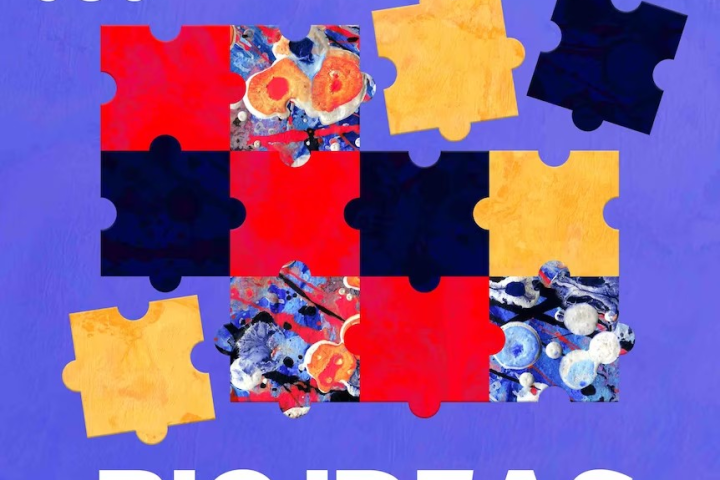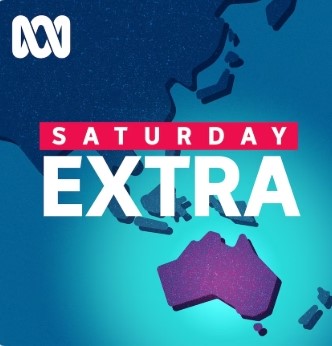Quarterly Essay 83
Lone Wolf Correspondence
Luca Belgiorno-Nettis
The subtitle of Katharine Murphy’s Lone Wolf – “Albanese and the new politics” – is a tease. “New” works every time: new toothpaste, new art, new idea. There was little that was particularly new in the political campaigning of 2022 – except what catapulted six freshly minted teal candidates into heartland Liberal seats. The question is: what was it? Something transformative seems to be emerging.
No doubt the success of the teals – and the Greens – was enhanced by having a cartoonish, coal-carrying villain named Scott Morrison and by the Coalition’s lack of a raison d’être, other than keeping the other side out of office. It was amazing to witness the unprecedented levels of grassroots support. In Monique Ryan’s seat of Kooyong, for example, there were over 1500 volunteers – a frankly astounding number. The public’s desire to be involved in the campaigning – active in teal seats, but absent in the major party branches – is a message to the big-tent parties.
The appearance of independents in parliament is nothing new, but it was the “people-powered model of community organising” that was unconventional. Pioneered by Cathy McGowan in the seat of Indi in Victoria, then followed up by Zali Steggall and Kerryn Phelps in New South Wales, they all unseated long-standing incumbents, including – famously, in Steggall’s case – Tony Abbott. Murphy is keen to understand how Albanese can possibly “[push] against the mega-trend of major-party depletion” and “the lowest primary vote ever for an incoming government.” For Albanese, it begins with a comprehensive policy agenda and, to be fair, his government delivered beyond expectations in the last sitting weeks of 2022. That’s a great start, but a government prosecuting an agenda may not suffice. That’s old politics, done better. Albanese himself admits, “People have been very frustrated with the political system and process, and why wouldn’t they be?”
Murphy describes campaigns as “message wars mediated by an incurious, deadening apparatus intent on seeking heat, not light,” and representative democracy as “a spectacle of pulverising, naysaying partisan politics.” With politics being so pugnacious, there’s an obvious appeal in having a fresh batch of independents, especially when each comes untainted by a lifetime of trench warfare. Zoe Daniel says, reflecting on the major parties, “It must feel quite unnatural for them, to try and take point-scoring out of it, to try and look at it as having productive conversations and collaborate.” In Perth’s electorate of Curtin, Kate Chaney declares that she’s “doing politics differently.”
In this election, climate change was always going to be the hot topic. “Swimming Between the Flags” is Murphy’s title for her chapter on the ALP’s policy work behind the 43 per cent emissions reduction goal: the safe place where Labor’s constituency could feel comfortable swimming. The Albanese government has now enacted the target, with Greens’ support – unlike the fiasco in 2009 – with Adam Bandt trumpeting that this parliament could be “a great era of progressive reform,” and that “one of the lessons from the climate negotiations is the only limit on more progressive action is Labor’s ambition.” After more than a decade of climate wars, the political rhetoric of the main parties remains eerily the same.
Murphy also unpicks Climate 200’s contribution to the election. Eighteen months out, Simon Holmes à Court, its founder, started putting together a team and engaged Kos Samaras, “a long-time Labor operative who was now running . . . campaigns for the Melbourne-based lobbying firm RedBridge.” Samaras’s advice was that Liberal electorates with “high numbers of young professional women” and a growing “renter cohort” could be swung over. “All we needed to do,” Samaras tells Murphy, “was build a particular brand of politics that was going to . . . meet these needs that people had, that [was] sort of centrist, socially progressive, on climate very progressive, with a bit of pragmatism.” Climate 200 helped strategise and fund each of the teals’ campaigns: get the messaging right, build the brand and target the spend. Again, old politics done well.
New politics would suggest more – new politics addresses the loss of agency and the disaffection that many have with the “naysaying spectacle.” Australians aren’t alone in this. In 2020, the OECD published “Catching the Deliberative Wave,” a review across member states, highlighting how trust in democracy is waning around the globe, and, on the flip side, the transformation happening in citizen engagement. The presidents of Ireland, France and Germany have now all implemented citizens’ assemblies.
For those unfamiliar with the concept, these assemblies are a public judgment mechanism akin to a criminal jury, and thus the opposite of a public opinion tool. Selected by civic lottery, the participants are exposed to a diversity of expert information and sources, including many of their own choosing, and given time to question and discuss. With the incentive of being listened to and getting a response from the government, citizens work diligently to make common-ground recommendations.
Albanese, with an eye on a second term, says, “I’ll be standing [in 2025] and saying we had this agenda: action on climate, economic growth, new industry, skills, aged care, cheaper childcare, cheaper medicines, advancing gender equality, Voice to Parliament. This is a significant agenda, and Australia needs stable government going forward . . . You need a government to get things done.”
All true, and it’s heartening to see that, in early December, the agenda might now include structural reform. The Minister for Home Affairs, Clare O’Neil, announced the establishment of a ‘Strengthening Democracy Taskforce’; and the Assistant Minister for the Republic, Matt Thistlethwaite, is exploring the use of citizens’ assemblies for the proposed republic referendum. Allegra Spender, the teal in Wentworth, has also just called for a citizens’ assembly “to consider how best to fund elections.” These latest initiatives seem to be building on the public’s hankering to do politics differently. In Spender’s words, “If we did this successfully, we would get an answer that puts the Australian people first, not parties, politicians or vested interests.” This appears to be the new current lifting the wave of community independents.




